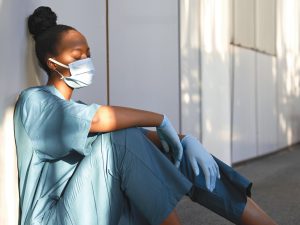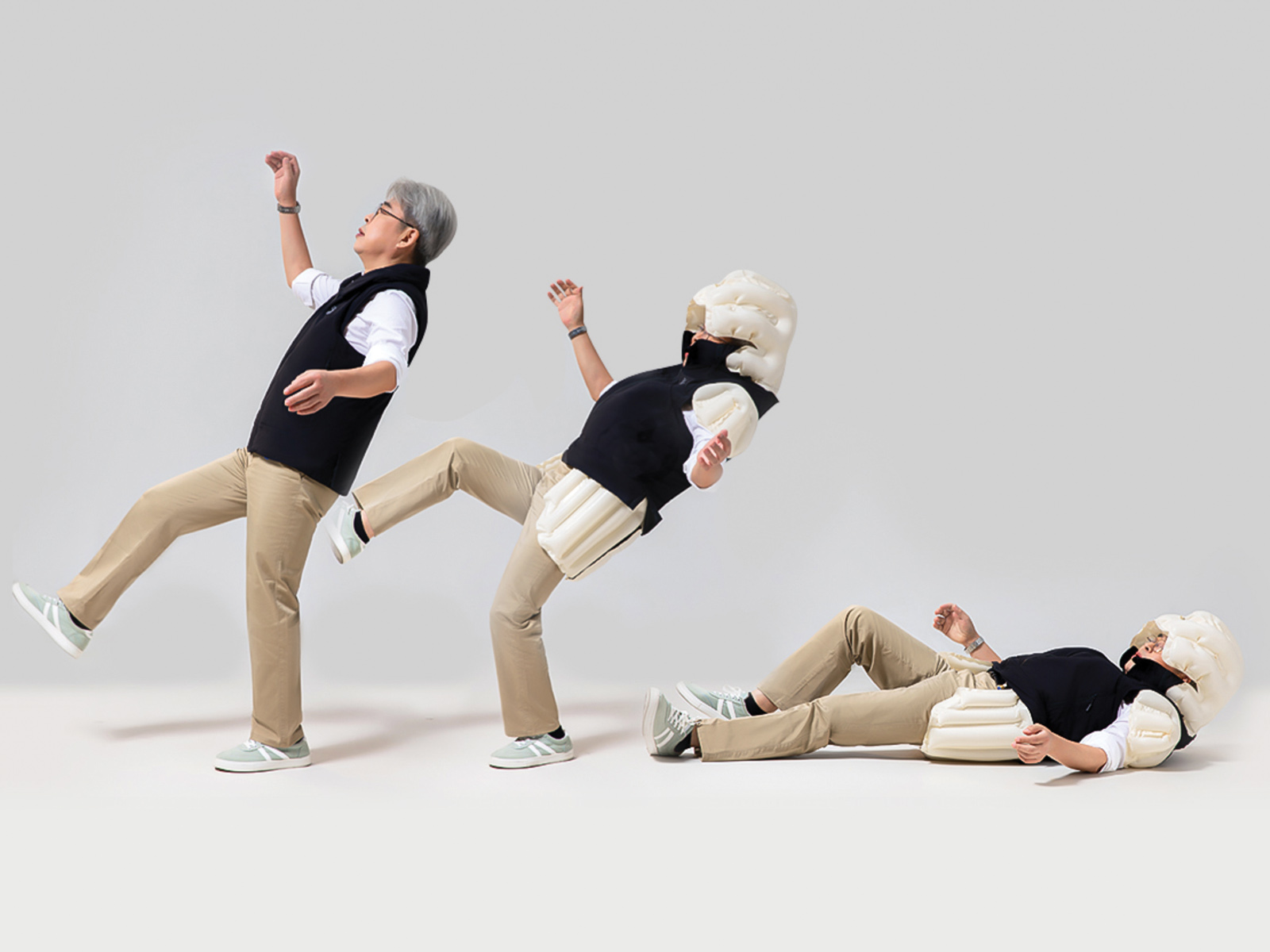By Dr. Anne Berndl
Most cervical cancers are caused by a virus called human papillomavirus (HPV)—a nearly ubiquitous virus that can be easily spread through sexual activity. Generally, you should have a pap if you have a cervix, are 21 years and older and have ever had skin to skin contact in the genital area.
Historically, people with disabilities have lower rates of cancer screening in general, and this includes cervical cancer screening. The cause for this is multi factorial, but is likely related to barriers of care access including transportation challenges, needing extra time for the exam and lack of accessible clinic spaces and equipment such as examination tables.
Some are also incorrectly assumed not to be sexually active by their health care provider, so this test is not mentioned as part of health screening and maintenance. However, paps do save lives through early detection of precancerous cells, and if your health care provider is not able to accommodate you, it is important they work with you to find someone who can.
Preparation for a pap
Before going in for your test, if you use a mobility device, are someone who may experience difficulties being in position for a pap test or are at risk of autonomic dysreflexia, calling ahead to discuss your needs with the clinic can help make sure you are as comfortable as possible getting ready for, and during, the exam. Confirm accessible spaces and tables, and if there is a Hoyer lift or stool. Find out if a support person such as a nurse is available if needed; some prefer to bring their own support person.
• Some people may find it helpful to wear a skirt or dress so that it is easier to change for the exam.
• If you are someone who experiences spasticity when you are cold, you can consider wearing warm, long socks and asking for an extra sheet or blanket
• Emptying your bladder and doing your standard bowel regime will also make the exam more comfortable.
• If you have a catheter in your bladder, it is your choice if you want to remove it, but not necessary.
What happens during a pap?
During a pap, a speculum, which is a plastic or metal device, is placed in the vagina. When it is opened, it lifts the walls to expose the cervix which is at the top of the vagina. Then, a small brush or spatula sweeps the cervix to collect some cells, and the speculum is removed.
Often, an examination of your pelvic organs is also done using one or two fingers inside the vagina and a hand placed on your lower abdomen. Talk to your doctor prior to the exam about any areas of sensitivity or specific things that may cause spasticity or pain. Some people may want to have a look at the speculum before starting to feel more prepared.
Let your provider know if you have a history of negative or positive experiences with gynecological exams or trauma, and communicate about what you are feeling during the exam; this will help your care provider keep you as comfortable as possible. You may have breathing or relaxation techniques that help relax your muscles.
Some people find it helps to imagine your bottom sinking downwards into the examination table as this relaxes the pelvic floor and makes more space for the speculum, which makes it more comfortable.
The pap is done on an examination table. These are sometimes adjustable for height to make getting on easier, or have a built-in stool. Some women may need a Hoyer lift to get onto the table, others may need assistance from someone at the clinic or a support person. The most common way to do a pap is lying down on an examination table with feet in foot-rests and a sheet over your legs, with your legs open enough for the practitioner to place the speculum in your vagina.
However, this is not the only way to do a pap. Other options may be with one foot on each edge of the table, using knee supports, or lying down with your feet touching in the middle in a diamond shape. Both legs do not need to be angled the same way to do a pap, and sometimes you need to mix and match what each leg is doing. It may be useful to try some positions at home with a partner or support person to see what works for you. You should feel empowered to talk to your health care provider about what positions are comfortable and safe during your visit.
Being in a position that allows a person’s legs to open can be a challenge for different reasons. Some people may have decreased strength or mobility, have shorter or amputated limbs, or have stiffness limiting bending at the knee or hip. Others may find getting into position for the pap or the pap itself causes spasticity, stiffness or pain. Often, having a support person or other health care provider to support one or both of your legs during the exam can help.
Dr. Anne Berndl is a Maternal-Fetal Medicine specialist, Associate Scientist at the Sunnybrook Research Institute and the Director of the Accessible Care Pregnancy Clinic.














